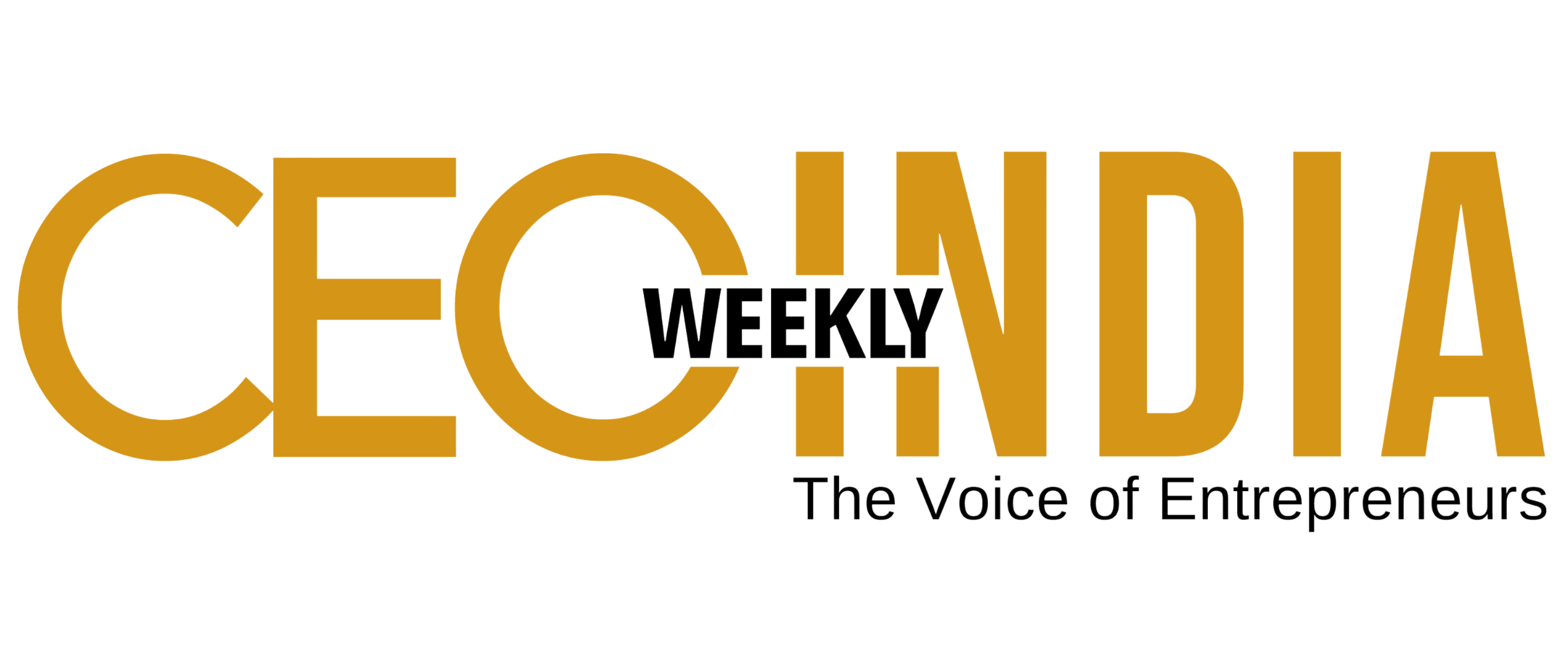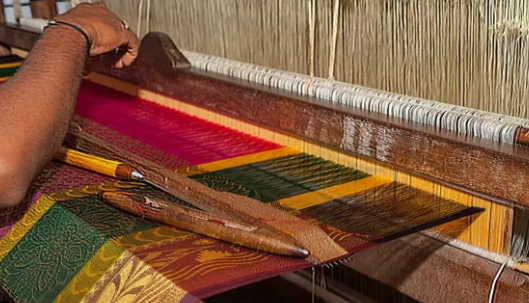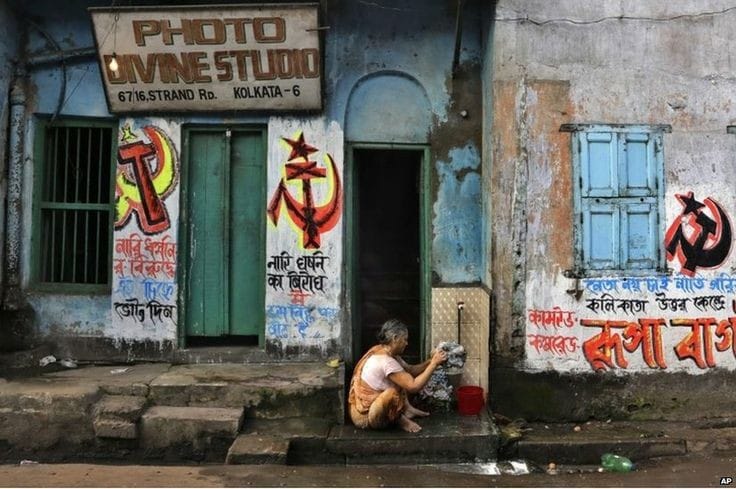Empowering women entrepreneurs goes beyond mere equality—it is an essential element for India’s broader economic growth. However, the pathway to this empowerment remains hindered by significant financial roadblocks. Although India’s economy continues to expand, women entrepreneurs encounter disproportionate challenges in accessing crucial financial resources. This article delves deeper into the realities these women face, existing solutions, and innovative strategies that could bridge this persistent funding gap.
Understanding the Financial Landscape
Women’s participation in India’s entrepreneurial landscape has seen noticeable growth, yet they continue to face substantial barriers when securing financial support. The International Finance Corporation (IFC) highlights a concerning statistic: women-led enterprises receive a mere 5.2% of the outstanding credit extended by Indian public sector banks, resulting in an unmet credit demand surpassing $11.4 billion. This disparity points toward deeper systemic issues that limit women’s access to essential financial resources, crucial for enterprise growth and sustainability.
Major Challenges Faced by Women Entrepreneurs
Lack of Collateral: A predominant issue faced by many women entrepreneurs is the absence of assets registered in their names. Traditional lending mechanisms often necessitate collateral, predominantly land or property, something many Indian women typically do not own. Cultural and familial structures frequently keep property titles with male family members, inadvertently limiting women entrepreneurs’ financial agency and making it challenging for them to secure loans through traditional banking channels.
Informal Business Operations: A considerable proportion of women-led businesses operate informally, often from homes or small-scale setups without formal registration. Such structures, while flexible, severely restrict access to formal banking and credit services. Financial institutions typically require robust documentation and formal business registration, making it challenging for informal businesses to gain access to loans and other financial products.Limited Financial Literacy: Financial literacy remains relatively low among many aspiring women entrepreneurs, particularly in semi-urban and rural regions. The lack of knowledge about available financial products, their benefits, terms, and application processes leads many women to shy away from formal financial channels. Without proper financial guidance, women-led enterprises often resort to informal lending sources, which can come with high-interest rates and unfavorable conditions, further complicating their growth trajectory.
Government Initiatives: Significant Strides Towards Inclusion
Recognizing the need for intervention, the Indian government has launched numerous schemes specifically targeting women entrepreneurs:
- Annapurna Scheme: Designed specifically for women venturing into the food catering industry, this scheme offers loans of up to ₹50,000, enabling them to procure essential equipment and utensils.
- Bharatiya Mahila Bank Business Loan: A significant step, this initiative provides substantial financial backing of up to ₹20 crores, catering to diverse sectors, thus supporting larger-scale projects spearheaded by women.
- Mudra Yojana Scheme: Structured to meet varying business requirements, it categorizes loans into Shishu (up to ₹50,000), Kishor (₹50,000 – ₹5 lakh), and Tarun (₹5 lakh – ₹10 lakh), ensuring tailored financial assistance according to business maturity levels.
- Orient Mahila Vikas Yojana: Offering collateral-free loans, this scheme supports women holding at least a 51% stake in their businesses, promoting greater female entrepreneurship.
- Dena Shakti Scheme: Specifically catering to sectors such as agriculture, manufacturing, and retail, it provides substantial loans of up to ₹20 lakhs, encouraging women’s active participation in core economic sectors.
Institutional Barriers and the Crucial Role of Banks
Despite various initiatives, challenges persist due to deeply entrenched systemic biases within financial institutions:
- Persistent Gender Bias: Studies reveal that loan approval rates for women entrepreneurs are significantly lower—by about 15 to 20 percent—compared to their male counterparts. This bias often stems from stereotypes questioning women’s business acumen and risk-taking ability.
- Inadequate Tailored Financial Products: Many existing financial products lack customization necessary for meeting the specific needs of women-led businesses. Generic products fail to accommodate the unique challenges women entrepreneurs face, contributing to low adoption rates.
- Underrepresentation of Women in Financial Institutions: Women make up only around 17% of the workforce in scheduled commercial banks across India. Such underrepresentation can inadvertently lead to biases and lack of empathetic policy formation within these institutions.
Pathways to Bridging the Funding Gap
Capacity Building and Training Programs: Capacity-building programs have demonstrated significant potential in enhancing women’s business capabilities. Initiatives such as the Women StartUp Programme (WSP) at IIM Bangalore equip participants with vital entrepreneurial skills, including financial literacy, business planning, and pitching techniques. Success stories, like entrepreneur Aditi Bhutia Madan, showcase the tangible impact of structured support, where guided training significantly boosts confidence and readiness to secure funding.
Alternative Financing Models: Emerging financing models like crowdfunding and angel investor networks offer promising solutions, enabling women to access funds without collateral constraints. Crowdfunding platforms democratize capital access, allowing businesses to raise funds directly from the public, leveraging social and community support. Simultaneously, angel investors can provide not just capital but mentorship, connections, and industry insights critical for sustainable growth.
Policy Interventions: Implementing robust policies that mandate the collection and analysis of gender-disaggregated data within financial institutions can inform the design of more effective, targeted financial products. Such policies could highlight gaps and biases in loan dispersals, leading to actionable insights and better-aligned financial offerings for women entrepreneurs.
Strengthening Financial Literacy and Outreach: Enhancing financial literacy through targeted outreach programs can significantly empower women entrepreneurs. Collaborations between government agencies, NGOs, and private institutions can help disseminate crucial financial knowledge, simplifying complex procedures and ensuring that women entrepreneurs can effectively leverage available financial resources.
Success Stories: Inspiration and Proof of Possibility
Stories of successful women entrepreneurs serve as powerful testimonials of what’s achievable with the right support. Entrepreneurs like Falguni Nayar (Nykaa), Kiran Mazumdar Shaw (Biocon), and numerous emerging names in India’s startup ecosystem underline the potential of women-led enterprises to scale new heights when supported by inclusive financial practices and policies.
A Collaborative Effort Towards Financial Equity
Bridging the funding gap for women entrepreneurs demands collective action from government bodies, financial institutions, policymakers, and society as a whole. While challenges remain substantial, the path forward lies in innovative financing models, targeted training programs, inclusive policy-making, and robust support systems.
Empowering women entrepreneurs through improved access to finance will undoubtedly unlock India’s vast economic potential, fostering sustainable growth and contributing to greater social equality. This journey towards financial equity requires consistent commitment, practical solutions, and an unwavering belief in the transformative power of women-led entrepreneurship.










